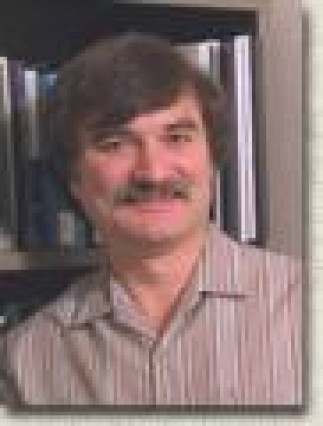John Hillier, Department of Physics and Astronomy, University of Pittsburgh
Résumé/abstract:
Supernovae (SNe) are among the most energetic objects in the Universe. But supernovae are more than just energetic events – they are essential for life. By studying SNe light curves and spectra we gain insights into stellar evolution, the nature of the progenitor star, surface abundances at the time of the explosion, whether previous mass-loss episodes have occurred, and the physics of the explosion. To maximize the information that can be gleaned from observations of supernovae it is essential that we have the necessary spectroscopic tools. To this end, we have developed a 1D time-dependent radiative transfer code capable of modeling supernova light curves and spectra.
In this talk we highlight recent progress the community has made in understanding SNe. We discuss the various SNe classes and their origin, which, in many cases, is still uncertain. While we believe Type Ia SNe originate from the explosion of a White Dwarf, we still don't know whether the primary channel is accretion onto the White Dwarf from a normal star, or the merger of two White Dwarfs. Surprisingly, there is also much uncertainty about the fate of stars with initial masses larger than 20 solar masses. Perhaps, even more surprising, is that models of core-collapse often do not explode.
Cette conférence s'adresse à tous, y compris les professeurs, les chercheurs et les étudiants des trois cycles.
Le café est servi à partir de 11h20.
Cette conférence est présentée par le Département de physique de l'Université de Montréal.

